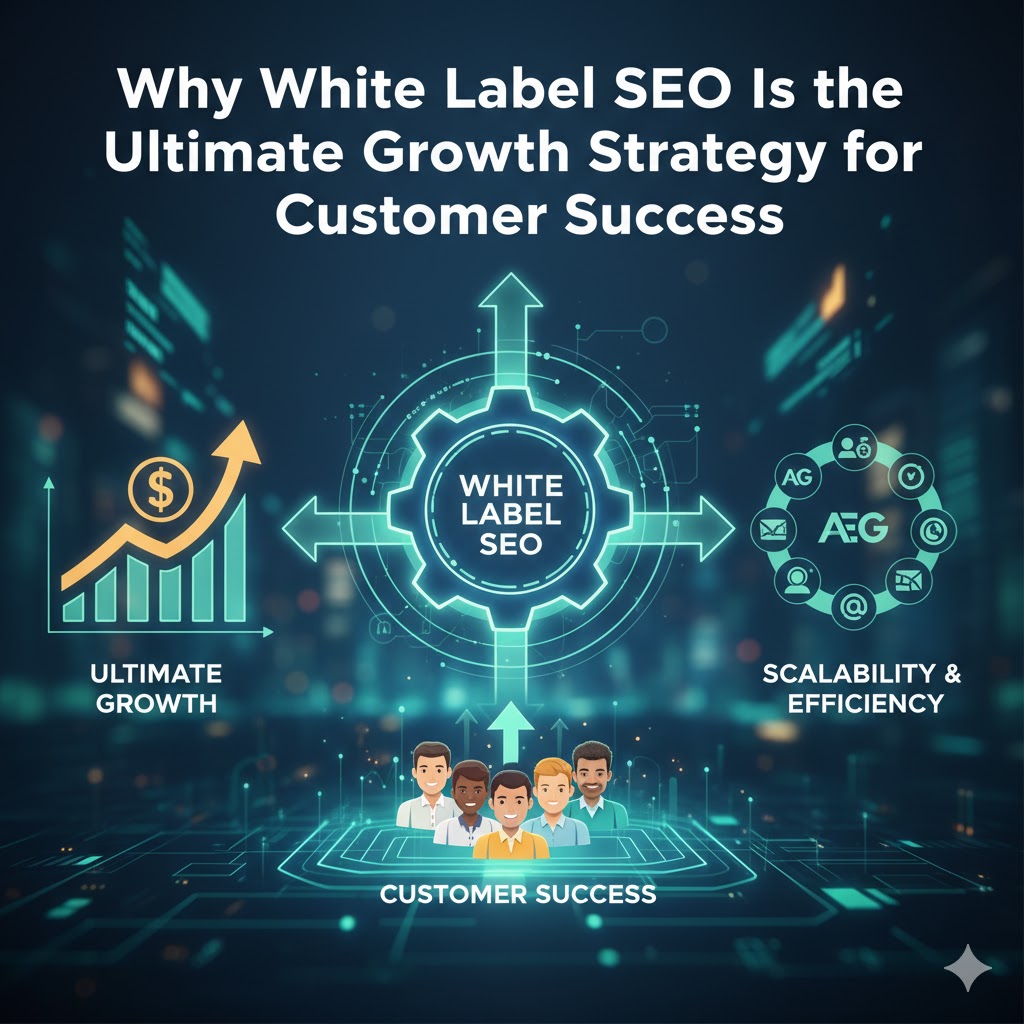Unlocking the Power of PaaS for Enterprise Workflow Speed
October 23, 2025 | by IoT Development Company

In a business climate where agility is not optional but critical, enterprises are seeking ways to remove the drag of manual processes and reinvent how work gets done. Platform-as-a-Service (PaaS) offers an operational springboard that delivers this reinvention by combining pre-built infrastructure, integration layers, and development tooling into a unified environment. When applied to workflow automation, PaaS enables organisations to build, deploy, and scale automated processes far faster than traditional in-house tooling ever allowed.
As companies adopt cloud-first strategies and expand automation across departments, they also explore new domains such as the Internet of Things services, hybrid connectivity, and digital-business orchestration. The result: workflow automation isn’t just a narrowly-defined IT initiative but a transformation-enabler across operations, business units, and even partner networks.
In this article, we dive into how PaaS solutions accelerate workflow automation at scale, why they’re uniquely suited for the task, how to implement them effectively, and what pitfalls to watch for. Readers will get a practical front-line view, even if they’re not deeply technical, and understand how to go to market with automation capacitated by PaaS.
What Makes PaaS Especially Fit for Automating Work at Scale
Harnessing the Platform Advantage
PaaS is more than “cloud hosting for apps.” It delivers an abstraction layer above infrastructure: built-in services (databases, message queues, identity, monitoring), standardised APIs, and integration adapters. This foundation means that workflows aren’t built from scratch every time; they can be composed from existing, reliable components.
Because the platform handles resource provisioning, scaling, patching, and availability, IT teams spend less time managing plumbing and more time defining logic, triggers, and business outcomes.
Combining Reusable Services, Integration, and Low-Code Tools
Modern PaaS offerings include orchestration engines, workflow designers, connectors to external systems (CRM, ERP, legacy on-premises), and even event-driven triggers. These capabilities turn automation into a collaborative activity involving both business analysts and developers. Rather than waiting for bespoke code from scratch, one can drag-and-drop steps, link events, and enforce business rules, while still tapping underlying robustness for performance and scale.
Scalability and Elasticity Built In
As one blog summarises: workflow automation “spans multiple services or applications, can lead to bottlenecks… automating them within a PaaS platform is game-changing.” hoop.dev+1
A PaaS platform automatically expands and contracts with load, enabling workflow execution to scale across thousands or millions of events, users, or data points without manual re-architecting. That ability is critical when automation crosses departments, from HR onboarding to IoT-driven servicing to finance approvals.
Lowering the Barrier to Entry and Speeding Time to Value
Because you’re working on a ready platform, the time between identifying a workflow and seeing it in action becomes far shorter. You reuse templates and workflows, apply best-practice connectors, and focus on business logic: outcome, not infrastructure. That opens new automation use-cases rapidly and helps organisations gain momentum and stakeholder buy-in.
Key Benefits You’ll Realise When Automation Is Platform-Powered
Rapid Deployment of Business-Critical Flows
Instead of developing each workflow from ground zero, you write logic, map triggers, and attach connectors. Since the platform orchestrates execution, you deliver automation initiatives in weeks, not months. This means faster value and a positive feedback loop for adopting more workflows.
Seamless Growth Across Units and Geographies
Workflow applications built on a PaaS are not limited to one department or one country. They can be cloned, adapted, scaled regionally, and even shared across business units. The platform underpins consistency of execution, maintenance, and monitoring, so scaling doesn’t mean reinventing.
Flexibility for Hybrid, Multi-Cloud and Distributed Architectures
Because many organisations operate hybrid or multi-cloud environments, a PaaS-based automation framework avoids lock-in to one monolithic system. It supports connectivity to on-premises systems, cloud- SaaS apps, and edge devices. That means workflows can span everything from back-office finance systems to field-operated service machinery.
Elevated Integration and Data-Driven Orchestration
Modern workflows mean more than simple approvals; they mean integrating data, logic, events, and systems. PaaS platforms provide built-in APIs, event triggers, and scalable data streams so your automation can ingest data, apply decision logic, and route outcomes automatically. That gives you a real-time orchestration capability, not just a checkbox automation.
Better Cost Efficiency and Operational Transparency
Because the infrastructure management burden is lifted, fewer manual hand-offs exist, fewer scripts break, and fewer errors accumulate. That improves reliability and visibility into what is happening. It also means you free up teams to focus on high-value initiatives instead of firefighting automation failures.
Real-World Use Cases That Illustrate the Impact
HR Onboarding and Employee Lifecycle
Picture a global organisation hiring hundreds of employees across multiple countries. Using a PaaS‐based workflow engine, you automate job offer approvals, document collection, account provisioning, onboarding training schedules, and system access, all triggered automatically once a candidate accepts. The orchestration can span HR systems, identity directories, training platforms, and internal communications without manual coordination.
Finance & Procurement Approvals
Finance teams often face lengthy manual approvals, routing across departments for budgets, PO issuance, or vendor onboarding. With PaaS-based automation, you define the rules (thresholds, approvers, audit logs), integrate with ERP, and send automated notifications, escalations, and post-approval tasks. The process executes uniformly across geographies, is audit-ready, and is managed centrally.
Data-Driven Service Automation
When you include sensors, field devices, or distributed endpoints (such as in manufacturing or utilities), automation takes a richer form. For example, when an IoT sensor triggers a fault event, the system can automatically generate a service request, route it to field personnel, update inventory status, and schedule part delivery. This kind of real-time, event-driven orchestration is made significantly easier when built on a PaaS foundation.
Cross-Enterprise Workflow Ecosystems
Large enterprises increasingly partner with suppliers and external systems. A PaaS automation foundation allows you to embed and expose workflow endpoints externally, so a partner’s trigger (e.g., a supplier upload) initiates an approved internal workflow, updates your systems, and returns status, all within a governed architecture that scales and maintains control.
Implementation Blueprint: How to Launch PaaS-Based Workflow Automation
1. Map Your Processes and Identify Automation-Ready Candidates
Begin with a clear audit of current workflows: where are delays, manual hand-offs, errors, or spin? Then prioritise those with high frequency, high business impact, and repeatability. These become your first automation candidates.
2. Choose a PaaS Platform with Workflow and Integration Features
Not all PaaS platforms are created equal. Look for built-in workflow engines, rich integration connectors (both SaaS and on-premises), event-trigger support, and low-code design tools. Also consider scalability, security, governance, and cost transparency.
3. Design with Reuse and Modularity in Mind
You don’t build each workflow in isolation. Define common workflow patterns (approval, document routing, event-trigger) and reuse them. Create a library of connectors, templates, and components that can be plugged into future workflows. That modular design accelerates subsequent automation efforts.
4. Build with API-First Architecture and Event Triggers
Modern automation demands that workflows respond to events (data arrival, sensor trigger, form submission) and integrate via APIs. By designing workflows to consume events and invoke services, you ensure the architecture remains flexible and extensible.
5. Embed Governance, Monitoring, and Metrics from Day One
An automated workflow at scale needs observability. Use the platform’s monitoring dashboards, set KPIs (cycle time reduction, error rate, throughput), and traceability. Governance models for roles, versions, change-control, and audit must be in place. Without them, scaling becomes chaotic.
6. Roll Out in Phases and Manage Change
Start with a pilot in one business unit or production line. Validate the workflow, measure results, and refine. As you see success, expand to other departments. Managing stakeholder expectations, training users, and ensuring support are as important as the technical components.
Pitfalls and Things to Watch
Vendor Lock-In and Integration Constraints
Because PaaS abstracts so much, you risk being tied into one vendor’s APIs, connectors, or data model. Ensure portability, standard interfaces, and contract clauses that support exit strategies or hybrid deployment.
Balancing Customisation vs. Maintainability
When you over-customise workflows or embed complex code in your platform, you may erase the benefits of reuse and low-code acceleration. Keep core workflows simple and standardised; handle exceptions with care.
Underestimating Operational Oversight
Automation quickly becomes business-critical. Failure to monitor, version, test, and govern can result in brittle systems and hidden risks. Don’t treat automation like a “set-and-forget” project; scaling requires continuous maintenance and improvement.
Cost and Performance Drift
As workflows scale across geographies and units, unexpected usage patterns can increase costs (e.g., API calls, event triggers) or expose bottlenecks (memory, integration latency). Use the platform’s cost monitoring, track usage patterns, and optimise iteratively.
Looking Ahead: The Future of Platform-Based Automation
We are entering a phase of hyperautomation, where platforms not only execute workflows but also adapt them. Emerging trends include:
- AI-driven orchestration that dynamically routes tasks, predicts delays, and adapts flows based on performance.
- Edge-enabled workflows that run partially on-device or at the edge, enabling highly distributed systems to act locally and report upstream.
- Ecosystem-wide automation where multiple organisations tie into shared workflow platforms and execute cross-enterprise orchestration.
- More Domain-specific workflow templates (industry-vertical patterns) which plug into PaaS and accelerate time-to-value for functional areas (healthcare, manufacturing, finance).
By building your automation foundation on PaaS today, you’re not simply automating yesterday’s processes; you’re positioning your organisation for the next wave of digital workflow evolution.
Closing Thoughts
Workflow automation is a business transformation lever, not just an IT project. When you adopt a PaaS-based approach, you gain speed, repeatability, scale, and flexibility. You enable teams to focus on innovation and value creation, rather than plumbing and patching. But you also need the right discipline: map the right processes, choose the right platform, design for reuse, embed governance, and monitor continuously. The organisations that succeed will not only automate, they will become fluid enterprises that adapt faster and deliver more.
Are you ready to accelerate your workflow automation with a platform approach? The foundations are here, and the time to act is now.
RELATED POSTS
View all



